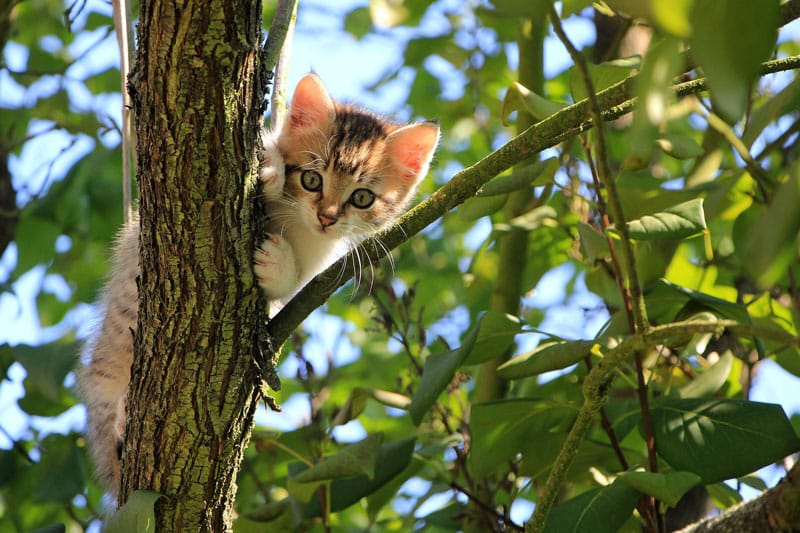
Tree banding to prevent cat climbing
Trees are great – unless your cat uses them to climb over a cat containment system!
Sometimes it isn’t practical to prune (or remove) a tree that is near the cat fence system. In such cases, the options are:
1. Alter the cat fence layout to exclude the problem tree
2. ‘Band’ the tree (if its structure permits this) to prevent your cat climbing high enough to get over the fence.
On this page, we’ll show you how to band a tree.
Tree structure
1. The simplest tree type to secure against climbing cats is a tree with no branching below 2 metres, which we call a single trunk tree.
2. Another tree type has branches below 2 metres, but the branches are close together. We call this a multi-trunk tree.
3. A tree that branches low with several branches splayed apart from each other will be called a low-branching multi-trunk tree.
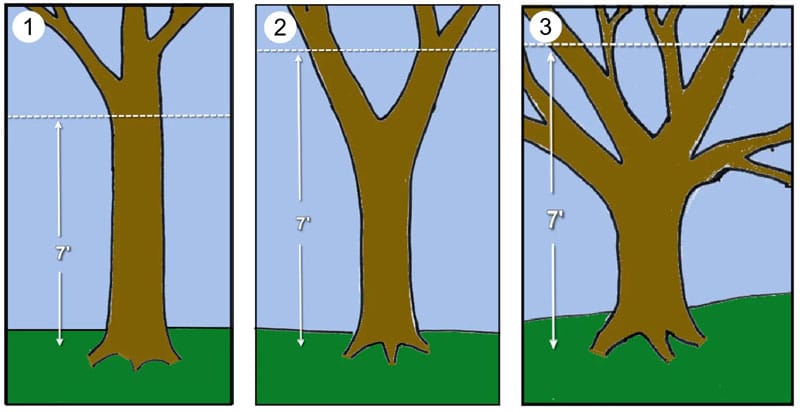
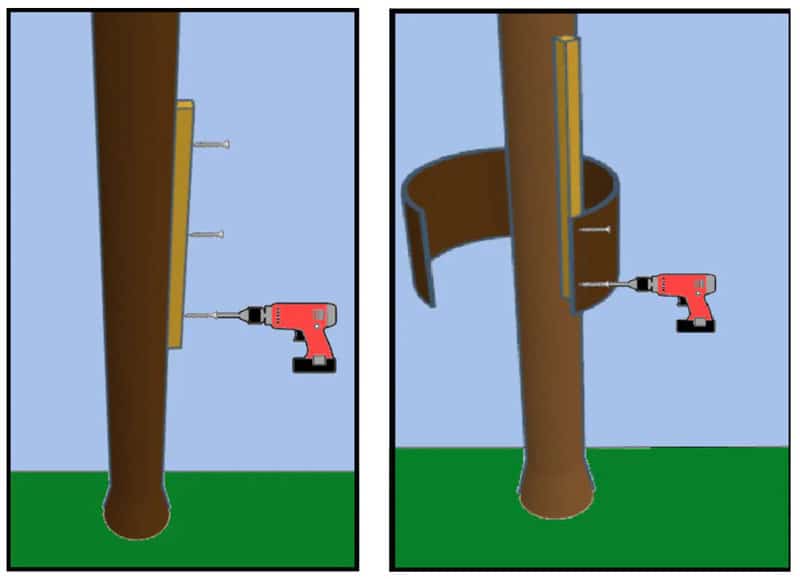
Banding a tree to prevent climbing
Single trunk and multi-trunk trees can be secured against cat-climbing by surrounding a portion of the lower trunk area with a hard and smooth material.
A simple-to-use and readily available material for this is 1mm thick aluminium sheet metal. There is also smooth colorsteel (commonly used for roof “flashing”), which is available in a variety of colours.
Tree trunks should be banded from about 1.2m above the ground, up to about 2m.
We recommend that you have the banding stand off the surface of the tree by about 25mm all the way around, using wood strips as spacers. This accomplishes two important things:
- It ensures that your cat cannot easily get past the banding by running up the tree and then using momentum to slide up the banding and grab the trunk above it,
- Spacing the banding off the tree allows the tree to grow without constricting it.
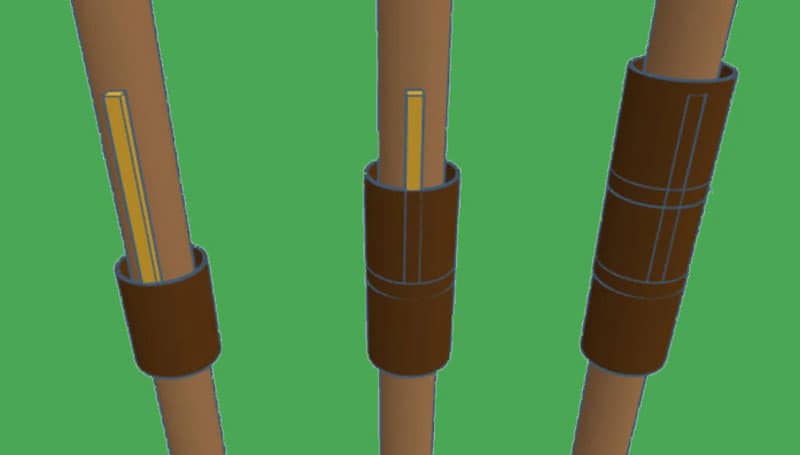
Single Trunk Trees
Three or more wood strips are spaced evenly around the tree. The number of strips needed per tree depends on the tree’s diameter, with larger trees needing more strips than smaller trees.
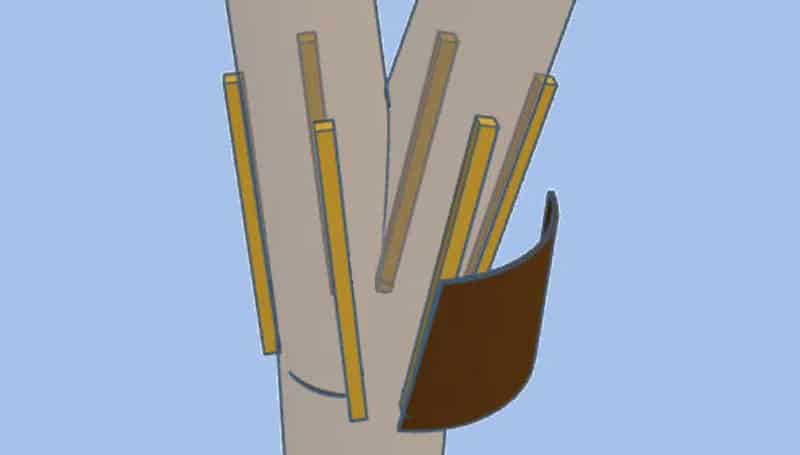
Multi-Trunk Trees
These take more effort than single trunk trees. The wood strip spacing and locations are not always straightforward. The banding will likely need to be patched from one wood strip to the next, rather than wrapped all the way around the trunk. It’s a good idea to make poster board templates of the sizes and shapes needed.

Low-Branching Multi-Trunk Trees
Low-Branching Multi-Trunk Trees cannot be wrapped easily, so it is best to remove some branches, or the entire tree.
If that is not possible, then you will need to design your cat area so that it excludes the tree.
(See how, using Purrfect Fence.)
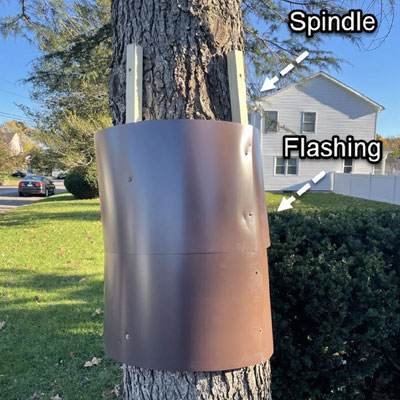
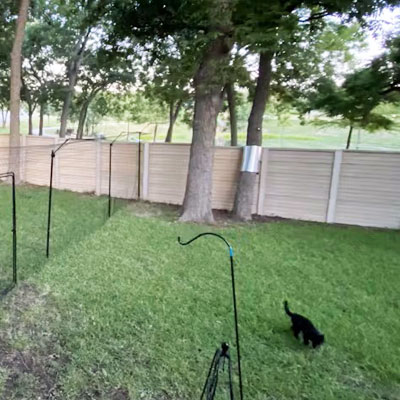
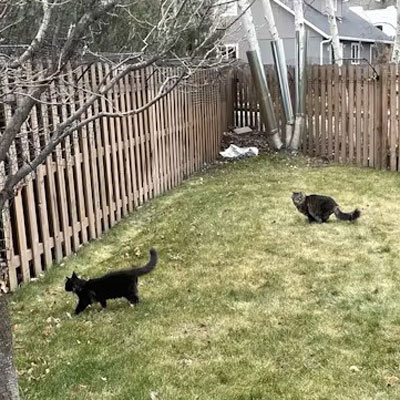
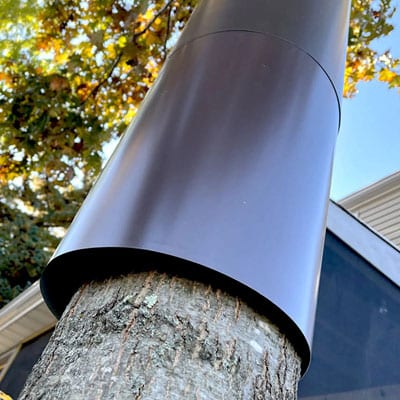
Material on this page has been adapted from purrfectfence.com
Just want to talk? Ring us on 022 106 8048 or email us.
